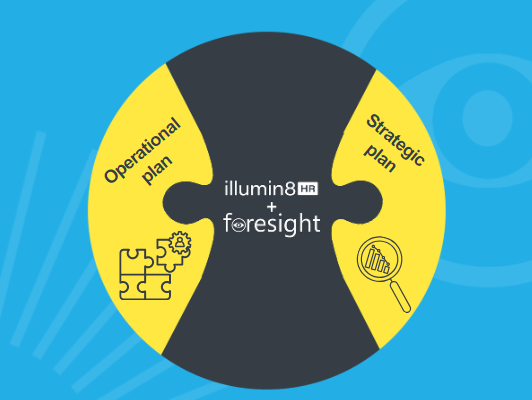At the recent ‘Driving Organisational Change for People Leaders Conference’, Lauren Tingey from National Grid, Elizabeth Dunn from River Island and Wasim Mushtaq from Standard Chartered Bank were among the exceptional change leaders inspiring peers with their stories, big learnings and recommendations on leading people through change programmes in their organisations.
All change programmes involve people of course. Whether it’s a new piece of tech, a new process, a restructure, a new service or market change, every change relies on people to execute, support or adopt new ways of working.
Covid transformed how people worked, when they worked, and where they worked. Now businesses are grappling with how to give staff the right level of flexibility in order to attract, develop and retain them, without compromising on business goals.
Most of us recognise the challenge of change fatigue. And this year, record numbers are choosing to switch jobs and employers. As one speaker commented: “in fact, 3 things in life are certain – death, taxes and change”.
So what are the take-aways for HR teams leading the people analytics change?
After 15 years in this market, we know it’s not just about the technology. It’s not even about the data. It’s about creating a data-driven culture where leaders and people managers recognise the benefit this brings to how decisions are made, where action is taken and the impact of this on business goals.
Here are 7 top lessons to making your change a success, shared by the change experts:
- Know your Audience
When you’re managing a global change programme in your organisation, how do you engage both 20-somethings and 50-somethings?A great analogy I hadn’t heard before was shared by one speaker who described what happens when you add a carrot, an egg or a coffee bean to boiling water. Everyone is different so each outcome will be different. How someone thinks and feels about a change in the organisation will be different so anticipate this. - Start with Why
To drive a successful change programme, leaders need to prioritise workforce emotions by explaining the ‘why’.
What’s the reason behind the decision? What’s the impact going to be on the business? How will it affect the individual’s role? Why is this change a good thing at a personal level? How will each individual be supported emotionally through this transformation?The revealing stat that can’t be unseen is leaders who prioritize workforce emotions in their transformations are 2.6 x more likely to be successful than those who don’t. - Keep it Simple
Automation can be scary and threatening so explain upfront the benefit of the change. Talk to individuals about how it will make their lives easier. Socialise an idea with simple and non-technical language. Break change down into small steps. Theory doesn’t land. Big ‘hoorah’ moments don’t work. - Progress over Perfection
Putting in a new piece of tech and providing lots of user training doesn’t guarantee overnight success. If you can’t convey a message within 30 seconds, you’ve lost your audience. People don’t want 30 slides. In fact, more than 8 and you’ll struggle to engage people. Choose the right media and message for the audience. Then listen and learn and keep communicating until you get it right. - Keep it Real
Start small, get proof points, then do it again. Showcasing success stories is key for the project teams and key stakeholders but also for the wider organisation to see the ‘real’ benefits.
Celebrate successes early, often and endlessly, regardless how big or small. - Ground your Plan in Evidence
Learn to harness the power of ‘Ripple Intelligence’. Use evidence to gain the ability to predict how trends and contexts may intersect, interact and change direction.As evidence is gathered at every stage, a ‘ripple effect’ of intelligence develops that permeates every stage of the project. This will help you to predict obstacles, potential setbacks and disruptions rather than be thrown off by them, allowing you time to plan, and protect against unexpected events. - Go the Last Mile
Leaders need to accept that behavioural changes take time to embed so patience is key.How many times have you heard the line ‘it was never implemented properly’ after a large tech migration project. It’s not always clear what the finish line is. Maybe there isn’t one. Maybe it’s an ongoing evolution.But having clear, visible measures of success and milestones along the way helps give clarity and takes away the ‘noise’ from the naysayers.
With Activ8’s people analytics platform, you can easily measure utilisation and outcomes. How many people managers are accessing their team’s data? How often is data used to make people decisions? How is using people analytics impacting people outcomes like engagement and retention?
To learn more about how activ8 can support you with making better data-driven people decisions, get in touch today.




